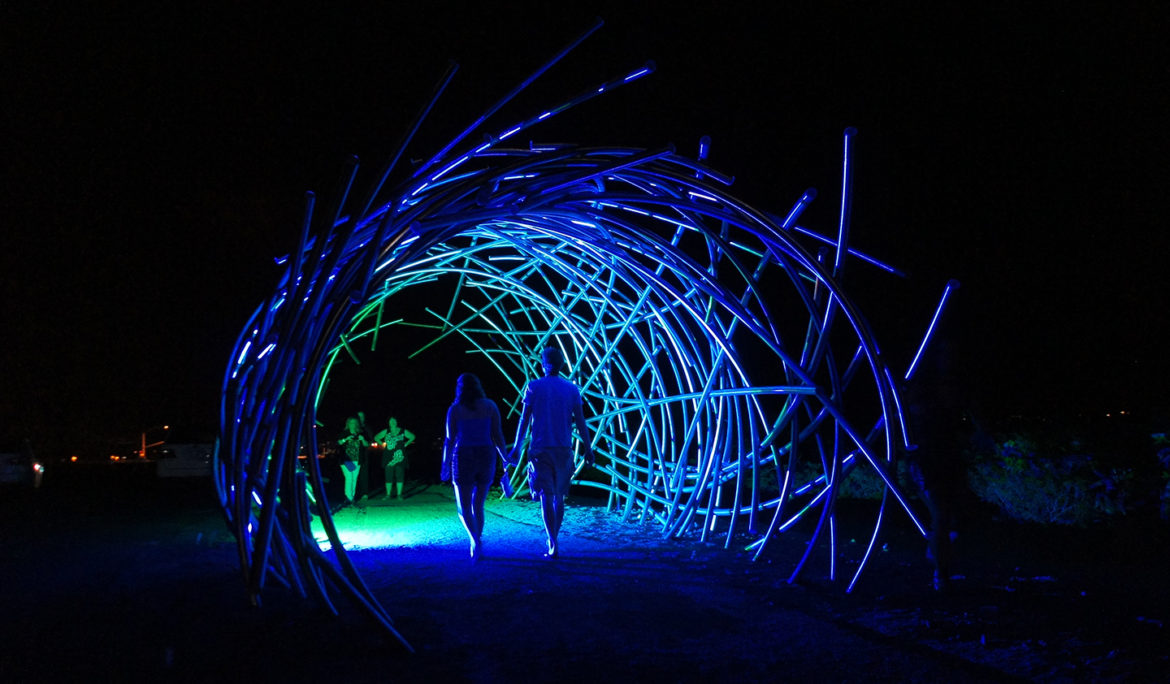
Whilst the phrase “architectural lighting” seems to be finite, it can be applied to any type of lighting fixture that is being used in a building or architectural project of any sort, this includes LED light strips. With this in mind, architectural lighting isn’t simply about throwing light into an empty space just for the sake of some illumination.
Buildings, facilities, department stores, industrial centres and even schools all have specific intended functions. These specific functions can either be supported or undermined by the lighting fixtures that have been chosen to fill it.
Choosing the correct lighting fixtures is not just about the basic look and feel. The selection of the correct lighting includes the consideration of different real-world factors; such as energy consumption, lumens, warmth of light, rebates and the overall impact of the electrical load.
Many lighting projects will look as though the require the same needs such as sprawling office spaces and cavernous warehouses – the operational variables like energy rebates and supplier expenses make them different projects entirely.
By working with a bespoke lighting company that specialises in architectural lighting you can be sure you’re using the right bulbs or LED strip lights for the job

Creating a Mood and Cutting Down Costs with LED lighting
Prior to the LED lighting revolution, creating specific moods in multi-use spaces was incredibly costly. By switching out the previously most used lighting systems in favour of LED lighting not only helps to create instantaneous energy savings (which recur monthly!), it also cuts down the extra resources needed to maintain them.
Benefits of LED Lighting in Architectural Design
The use of LED lighting in your architectural design or in commercial spaces has multiple advantages.
- Spaces with Fewer Limitations
Lower voltage does not equal lower light or less versatility. LED can literally do everything that traditional lighting can do, except take up as much valuable space. This alleviates the restrictions in architectural designs when planning the placements for lighting; like ceiling height, conduit locations, plenum space or even insulation contact concerns.
LED lighting solutions can create the same, if not a more superior impact on your space than traditional lighting does. In fact, in most cases, LED lighting allows you to use more lights on the same circuit.
If your project brief includes being “streamlined”, “clean” and “flush”, the LED lighting is the only choice.
- Using LED Lighting is Safe and Environmentally Friendly
The very simple fact that LED lights don’t produce heat makes them exponentially safer for numerous applications, where a traditional heat producing bulb would be a dangerous fire hazard.
In addition, whilst many commercial lighting projects do remember to factor in lighting expenses, energy expenses, and flexibility – the components used in creating the light, such as toxic gases are often overlooked and forgotten.
However, cutting out the toxic lighting elements makes the handling and replacement of lighting less dangerous. Due to the hazardous nature of the mercury in traditional lighting, it has to be disposed of in a controlled and certified manner. LEDs on the other hand can be happily thrown into a recycling bin when they reach the end of their long lifespan.
- LEDs Provide Aesthetic Appeal with More Versatility
One of the simple, yet compelling reasons to use LED lighting in architectural projects is the aesthetic appeal that they provide. The light that is cast by LEDs is brilliant and unadulterated and is a closer match to natural daylight than some other lighting types. LED lighting has superior CRI, which basically means that the colours in your space are rendered more true to their actual colour.

Also, whilst many fixtures are built around the bulbs ability to illuminate a space, fixtures that are built around LEDs can take a smaller, more dynamic size which includes everything from tape to shape ultra-thin geometric designs.

